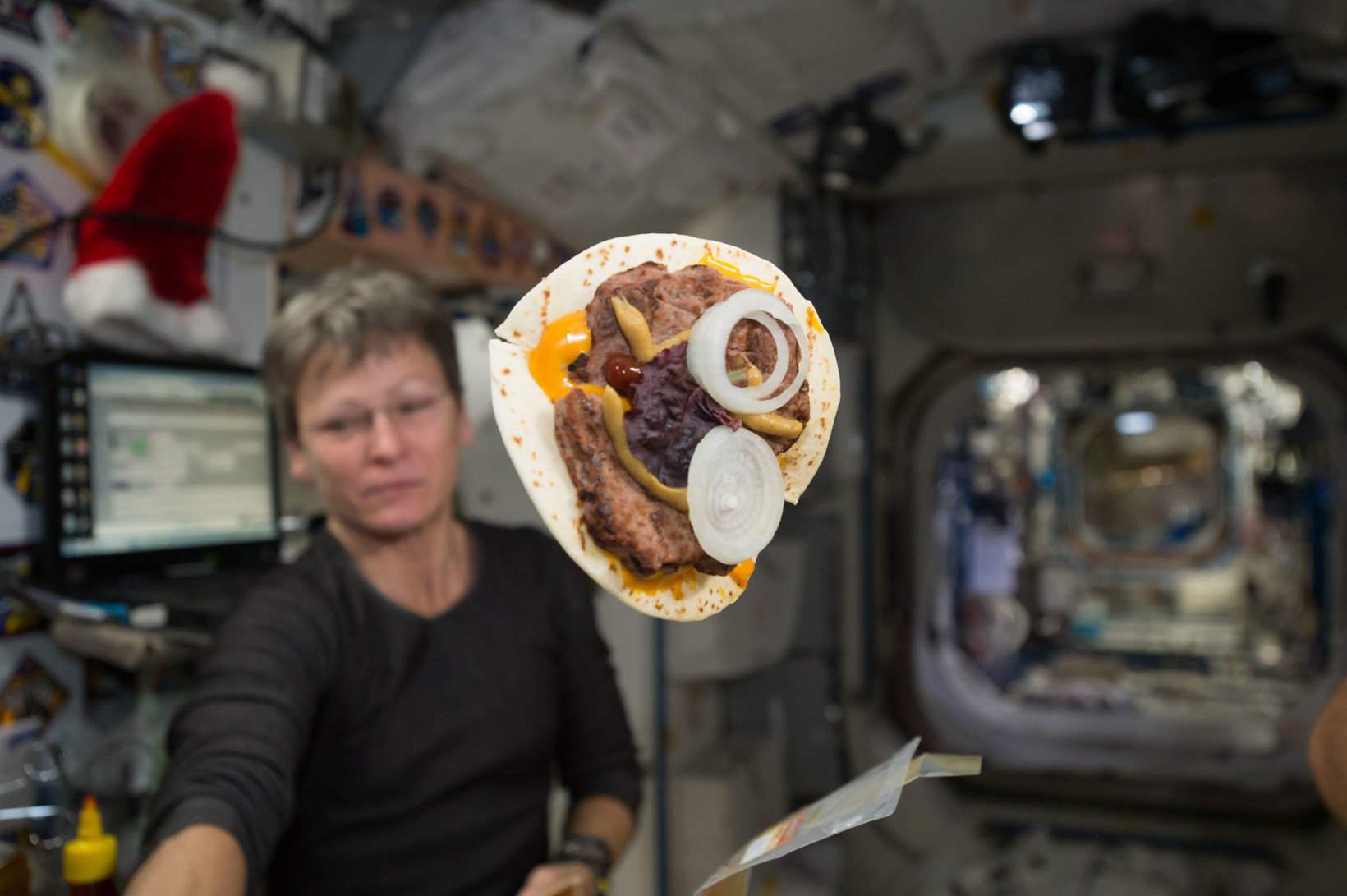According to a new report discovered by Space.com, the space agency may soon need more astronauts — and you could be one of them. Possibly. The report reveals that NASA’s astronaut corps has shrunk from nearly 150 people to just 44. As the agency prepares to send humans to the Moon and Mars, officials are concerned that this cadre is too small. These concerns have been bubbling for some time. In March 2020, NASA announced that it needed new explorers to cover its expanding range of missions.
Apply to #BeAnAstronaut before 11:59pm ET on March 31: https://t.co/oXotsacfgA pic.twitter.com/Wcy5y0dnEI — NASA (@NASA) March 29, 2020 The space agency is yet to launch its next recruitment drive, but it’s only a matter of time before the job ads are posted. I’m already dusting off my resume and rewatching Armaggedon in preparation for my interview. I’ve also been forensically analyzing NASA’s astronaut requirements to give you a chance of joining me in space.
A changing role
NASA’s job requirements have changed dramatically since the first astronauts were recruited in 1959. That could be to your advantage. Many of today’s space cadets wouldn’t have stood a chance back then. All seven of the original apprentices were military test pilots, a requirement President Eisenhower introduced to simplify the selection process. The applicants needed a minimum of 1,500 hours flying time and a bachelor’s degree or equivalent. They also had to be under 40-years-old, in excellent physical condition, and shorter than 5-foot-11. This left a pool of just 108 men from the Air Force, Navy, and Marines. A range of examinations whittled that down to a final seven. Today’s recruits have been spared some of these demands. But they also have to fulfill some new ones.
The application process
The 2021 recruits — the first new class in four years — had to be US citizens. If, like me, you’re a dirty foreigner, there are various convoluted paths to citizenship. This being America, the quickest route is becoming filthy rich. The candidates also needed a master’s degree in a STEM-related field or one of the following:
Two years of work toward a doctoral program in a related science, technology, engineering, or math field A completed Doctor of Medicine or Doctor of Osteopathic Medicine degree Completion (or enrollment that would result in completion by June 2021) of a nationally recognized test pilot school program
Flying experience, however, was no longer essential. The program required either two years of relevant professional experience or 1,000 hours of flight time in command of a jet aircraft.
I believe I can fly
The class of 2021 was chosen from a field of more than 12,000 applicants. This included testing for 20/20 vision and measurements for the spacecraft and spacesuit. Applicants also had to be free of medical conditions that could cause issues in spaceflight. It’s a long list of requirements, but NASA plans to broaden the pool of future talent. The 10 recruits range in age from 32 to 45. Every candidate possesses enviable academic qualifications, although not all of them are stereotypical space nerds. While the crop includes Air Force majors and NASA aerospace engineers, some of them are merely brilliant scientists. I’m hoping NASA drops the entry standards for the next class. With crewed missions to Mars on the horizon, space wars brewing, and Elon Musk planning to make us an interplanetary species, there’s never been a better time to become an astronaut. I look forward to toasting our future trips through space. The first glass of recycled urine is on me.

